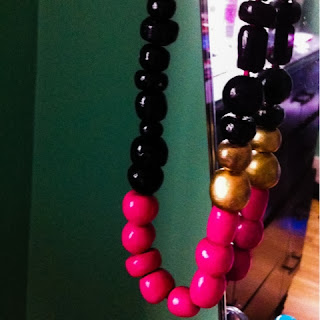Our house was built sometime around 1905, I think I got this from the Homebuyer's Survey - it certainly doesn't appear on maps before 1911. Here is my living room lampshade made from a reproduction map of Upper Clapton from 1911 (map purchased here; lampshade kit here).
Using the UK census records on Ancestry.co.uk, I did some (enjoyably nerdy) detective work and pieced together the following:
Our house wasn't built at the time of the 1901 census but was owned in 1911 by Mr George Hall, Mr Hall was born in Ludlow, in Shropshire and, in 1911, was a concert hall steward. I'm guessing this might mean music hall as there were a couple in Walthamstow: the Palace Theatre on the High St - which opened in 1903 with a Fred Karno show and hosted performances by stars such as Marie Lloyd - and the Victoria Hall on Hoe Street, which later became the site of the Granada, frequented by local boy Alfred Hitchcock, which itself became the EMD Cinema, subject of the “Save Walthamstow Cinema” campaign. Mr Hall lived here with his wife Elizabeth (a Londoner, born in Cockfosters) and two sons, one of whom was a polisher in a furniture works and the other was an engineer in a fitters’ workshop. The youngest was born in "The Grapes" in Bermondsey in 1893: in the 1901 census, George Hall is described as an "unemployed publican" so maybe he had been the landlord or barman of a public house called something like The Grapes, but a trawl through Pub History turned up no results.
A lovely reminder that we “own” houses only in a temporary sense, holding them in trust for future generations.
St James Street, Walthamstow, c1912 | via postcardsthenandnow
One other cool bit of local history geekery: a friend unearthed in her back garden a fragment of enamelled metal reading "E AMBER ALE" and "BROTHERS", and some hasty Googling suggests it must have come from the Collier Brothers brewery which was a steam-powered brewery next to St James Street station, known for it's "Pale Amber Ale". The brewery changed its name to Essex Brewery around 1871, so the sign must pre-date that. (Source material here.)
Thank goodness for the interwebs and nice people sharing their meticulous research!
Right, I'm off to see what talks are on at the Walthamstow History Society ...





